How to start using the Duolingo math app
Most people stop practicing math problems once they finish school and don’t have to. This does not mean that we stop using mathematics in our daily life. On the contrary, mathematics comes up quite often on a day-to-day basis.
Whether you’re an adult looking to brush up on their math skills or have a child who needs a new math study tool, Duolingo Math may be for you.
What is Duolingo Math?
Duolingo Mathematics is an iOS application created by Duolingo (better known for their language learning app) to help users improve their math skills. (It is not yet available for Android devices.)
The app teaches users by gamifying math, creating challenges and levels for users to work on and earn stars. Users familiar with the Duolingo language learning app will be familiar with the structure of the lesson.
However, unlike Duolingo for language learning, Duolingo Math does not yet allow users to redeem their stars for rewards. It allows users to track their usage sequence in the same way (represented by a counter next to a flame icon).
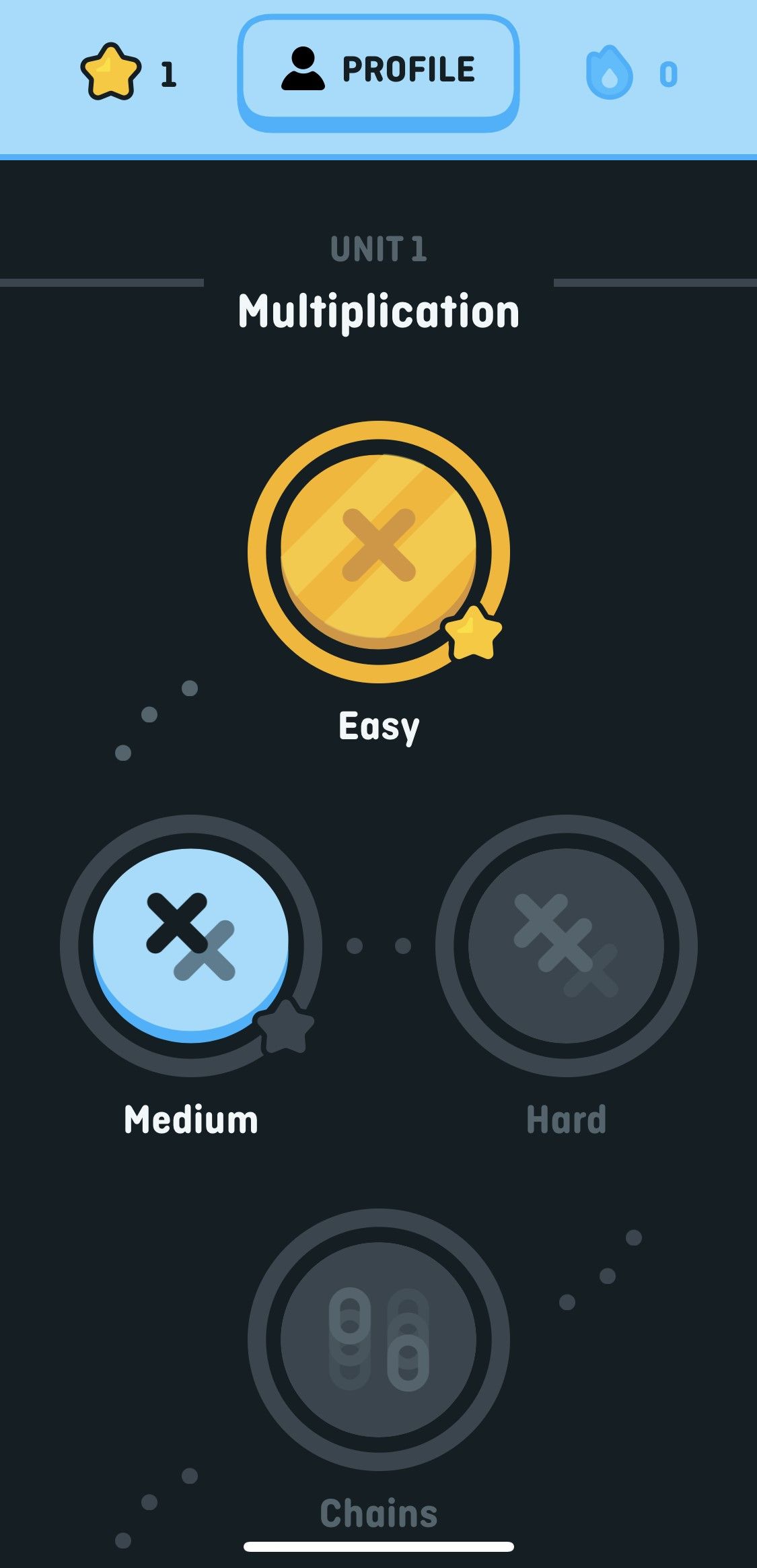
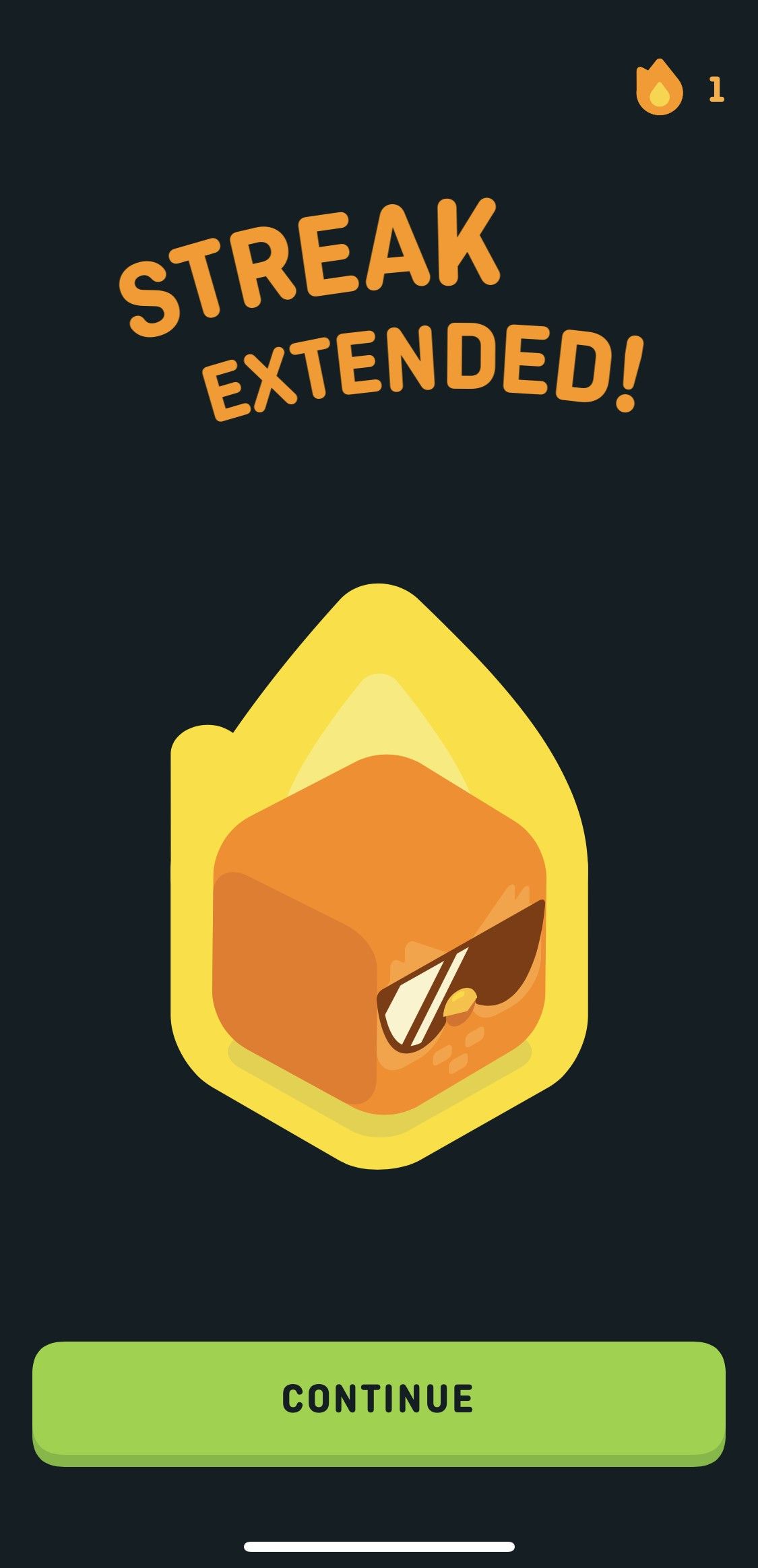
Get started with Duolingo Math
To get started, the app will first ask you to sign in to your existing Duolingo account or create a new account. Then it will ask you to enter your age. Based on your age, the app will recommend which lesson plan it thinks you should follow. The app offers two lesson structures: Brain Training, which is recommended for adults, and Elementary Math, which is recommended for children.
To create a new account, you will need to enter your name, age and email address. To sign in to your existing account, simply enter your existing account information. If you’re already signed in to Duolingo for language learning on your phone, Duolingo Math will automatically offer to use your existing Duolingo account.
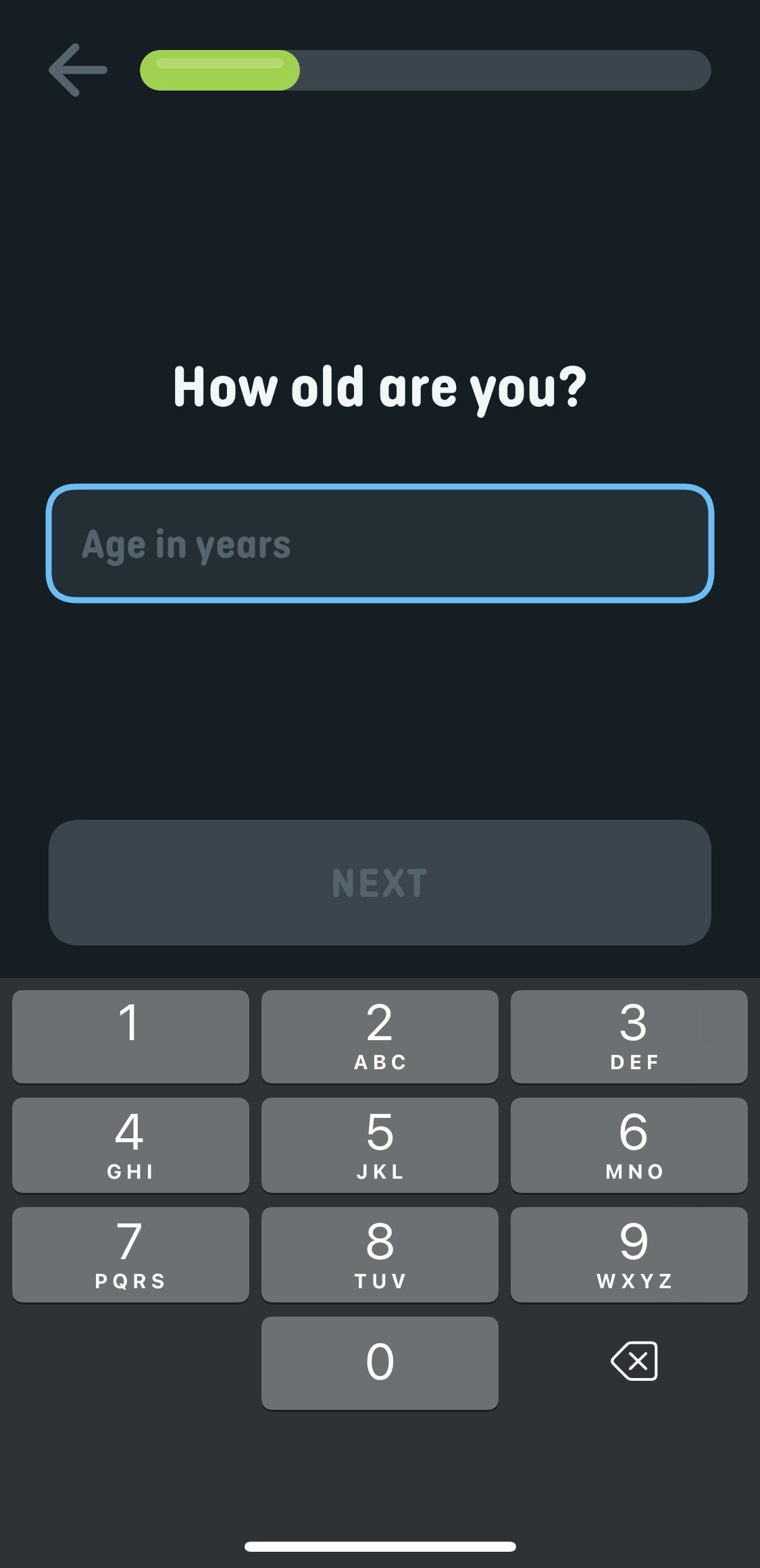
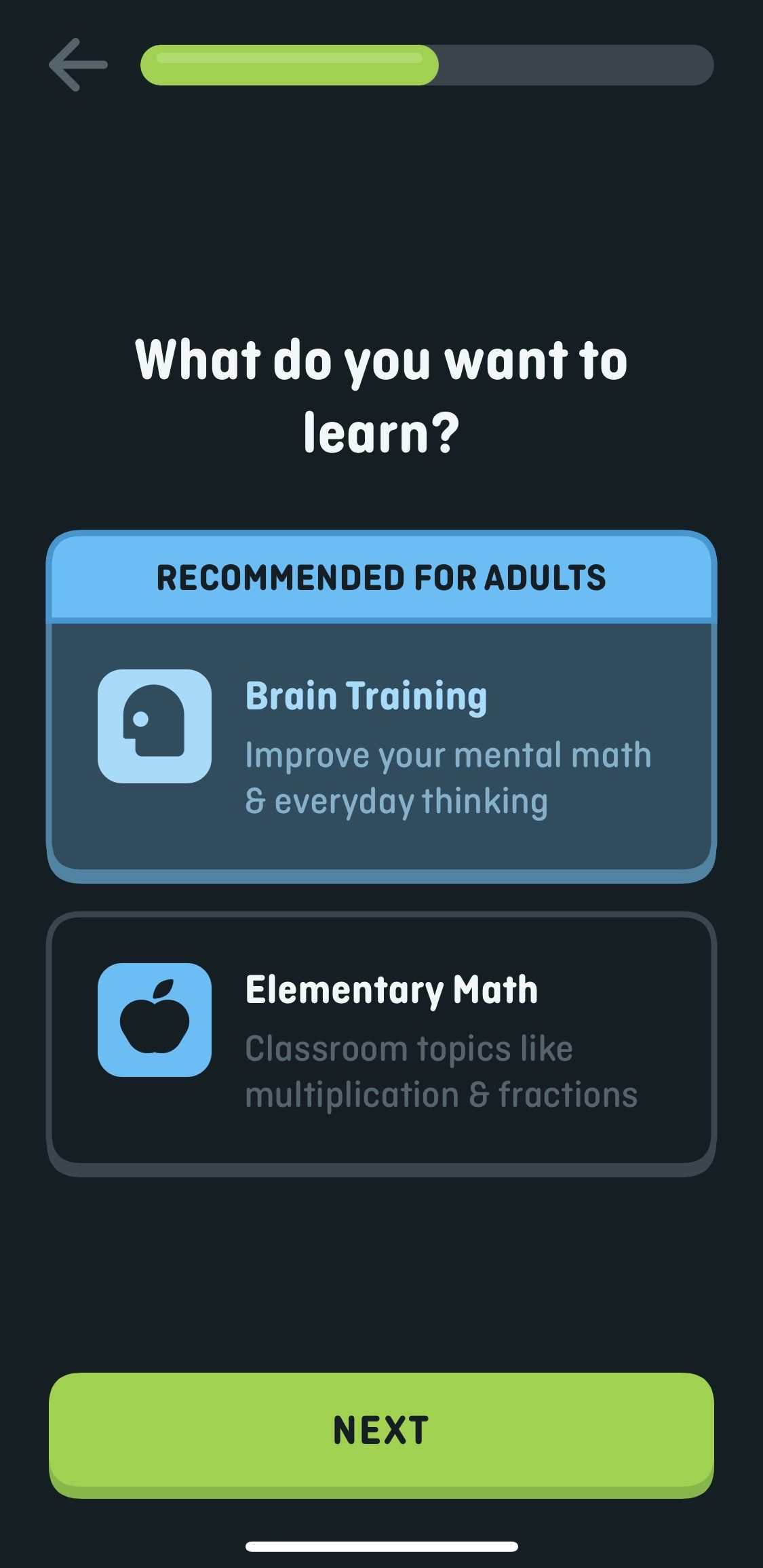
Mathematics Training Units Duolingo
The brain training track and the elementary math track follow a similar unit structure. Each unit has a general theme (such as “multiplication” or “shapes”) which is divided into several lessons.
The Duolingo Math learning structure is designed like the Duolingo Language learning structure, so if you’ve used Duolingo for language learning, adapting to Duolingo Math will be easy. Whether you’re using Duolingo Math as a refresher or to learn new concepts, you should consider taking these seven suggestions for getting the most out of your Duolingo lessons.
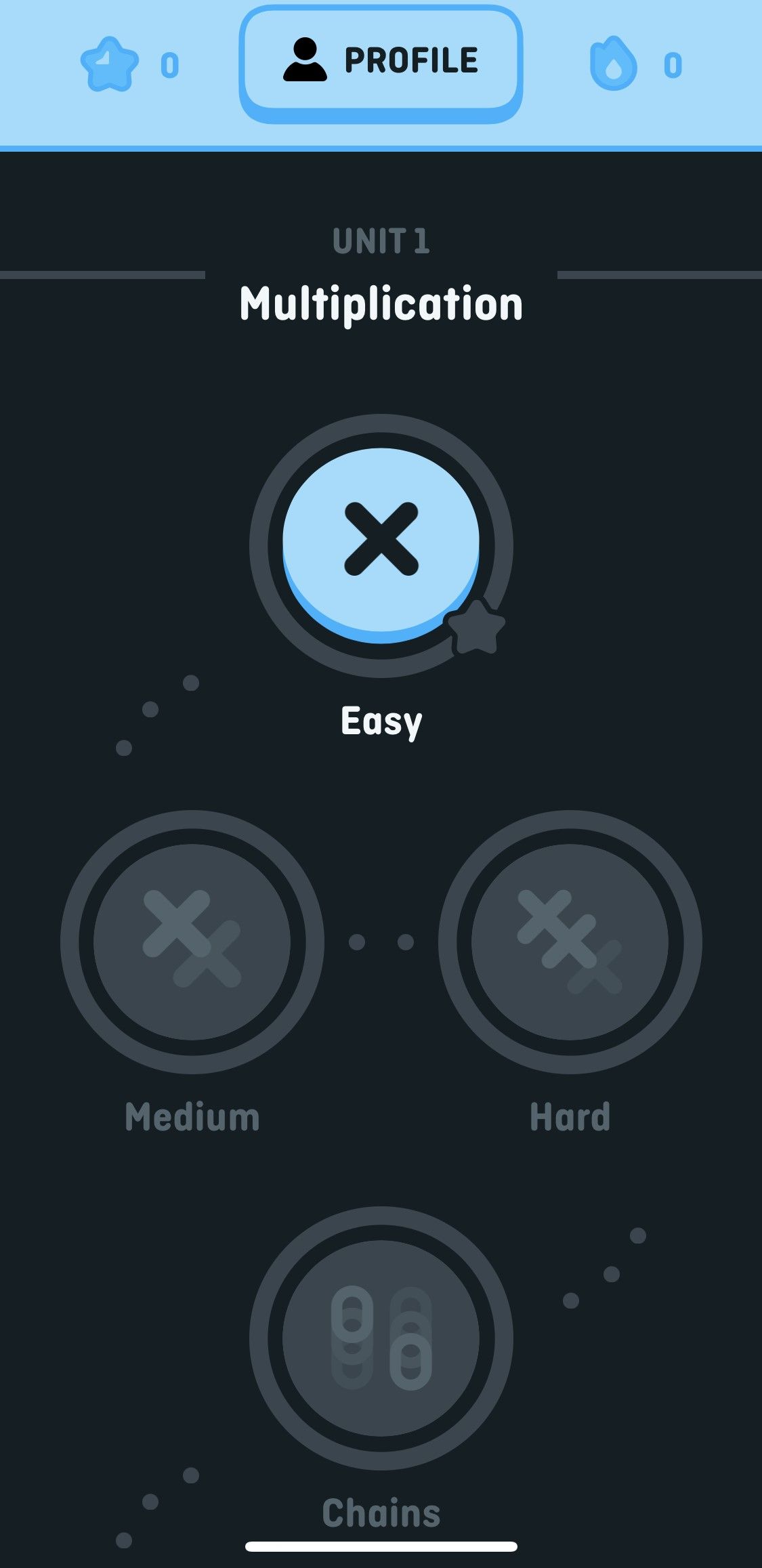
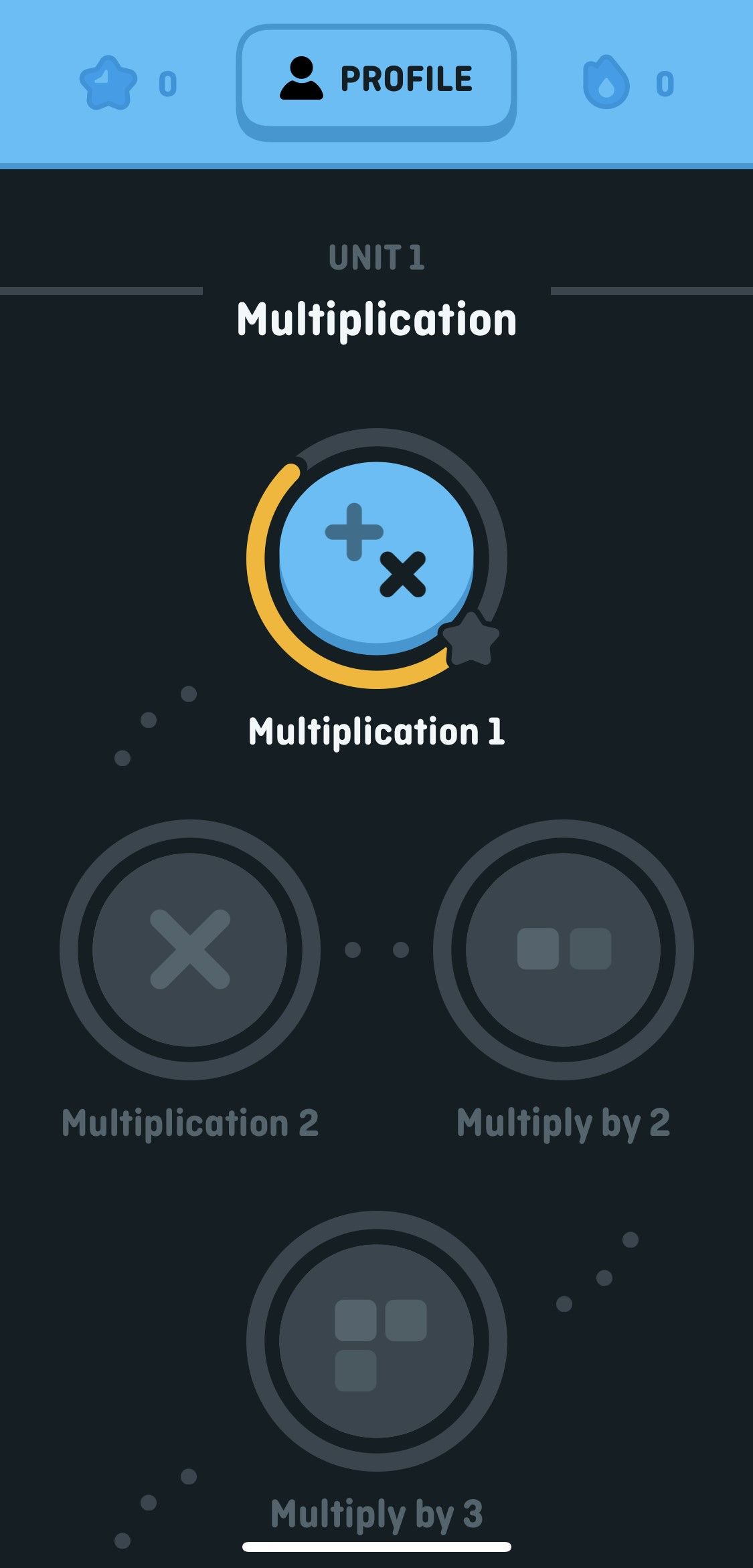
When a lesson (represented by circles in the interface) is selected, the application then presents the user with a series of questions to solve. These questions fall into one of four categories: fill-in-the-blank, multiple-choice, drag-and-drop, and matching. Both learning tracks use the same style of questions, although the learning difficulty levels are different.
Brain training is best suited for adults looking for recall on simple math concepts, such as multiplication and fractions. (If you are looking for a review of more complex topics, consider using another app). Elementary math is ideal for elementary and middle school children who want to take math lessons outside of the classroom.
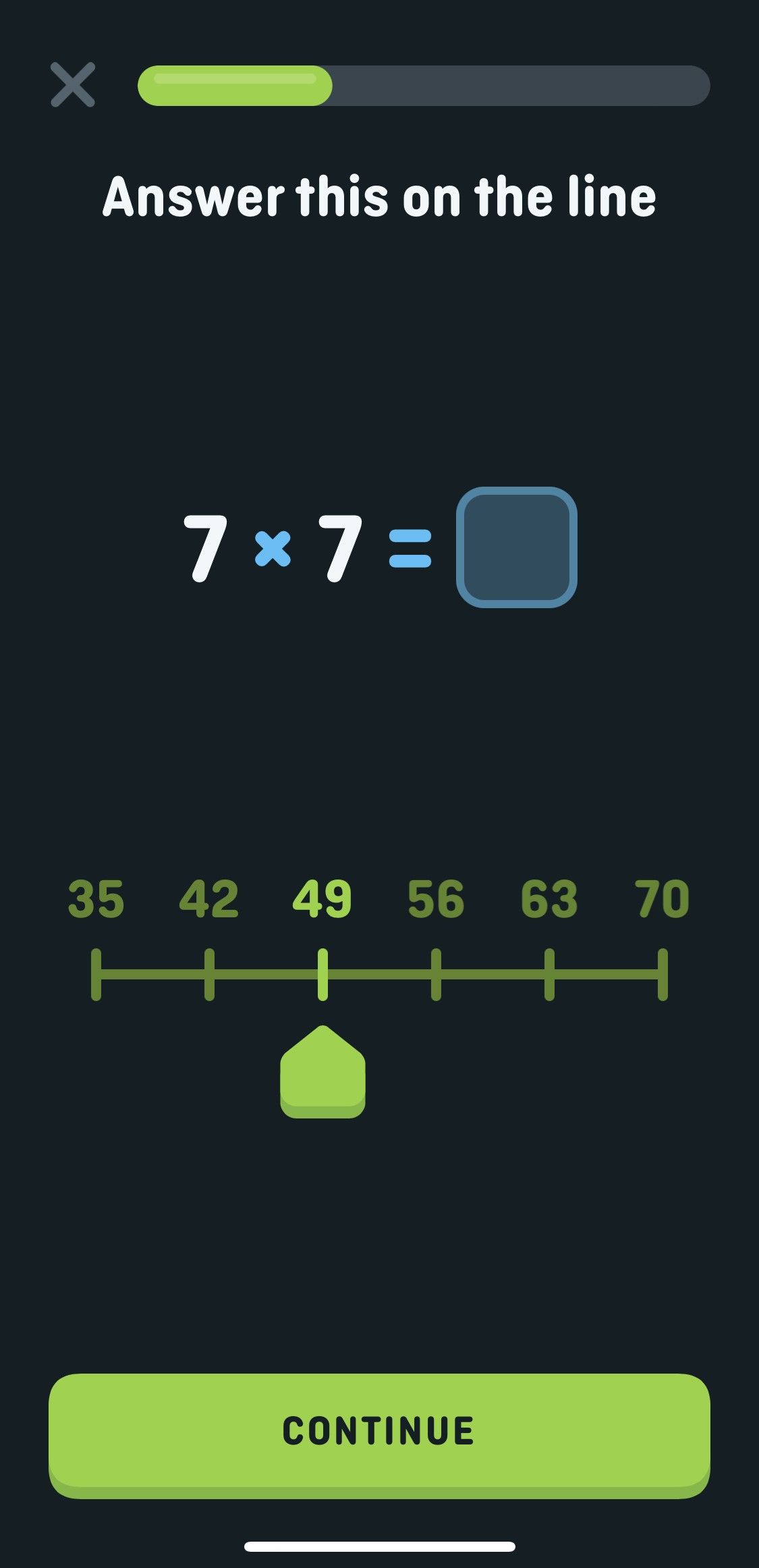
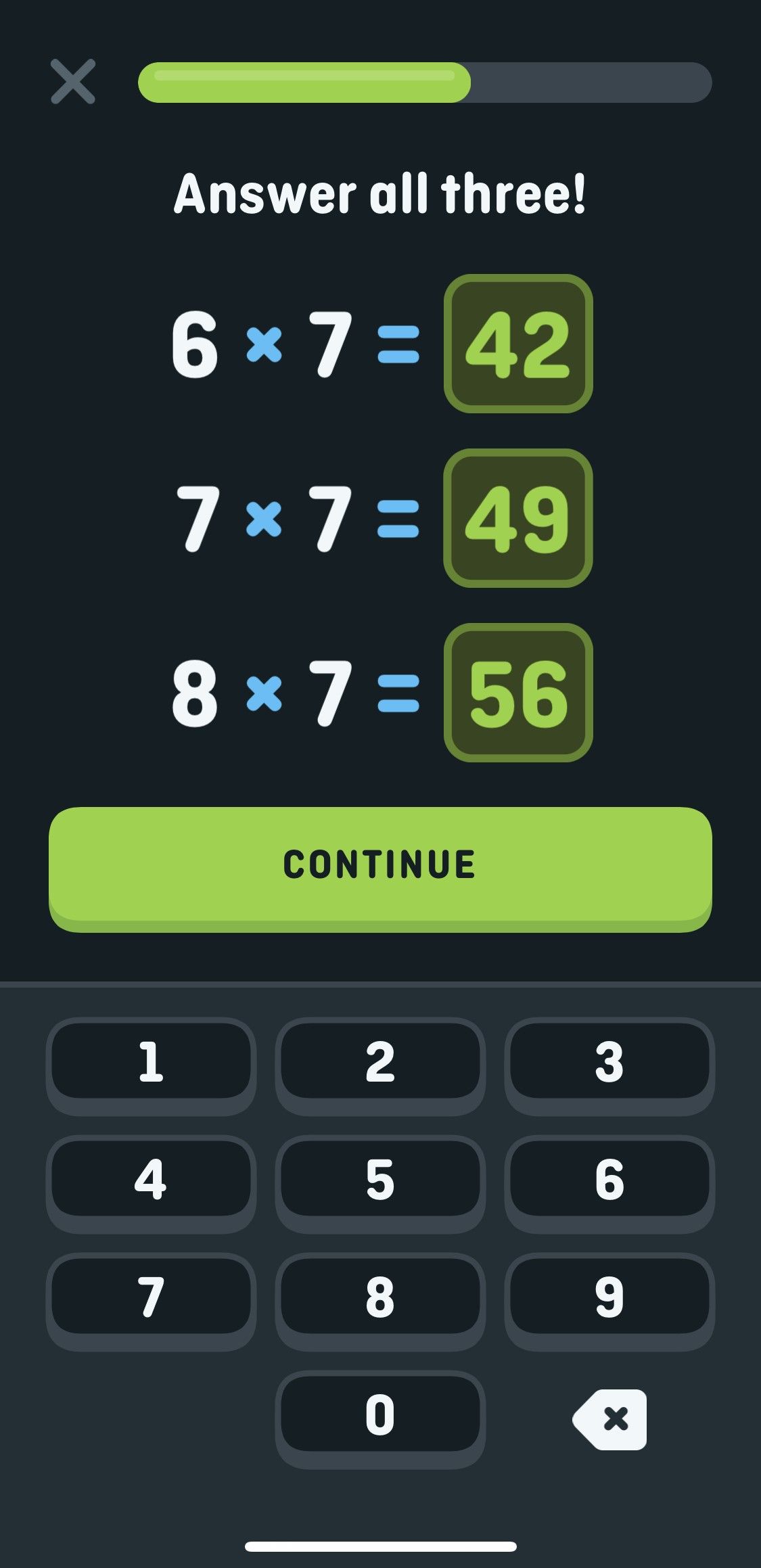
Train your brain with Duolingo Math
Duolingo Math is a great reminder and teacher of basic math concepts, such as multiplication, division, fractions, and introductory geometry. Users of all ages can benefit from the lessons it offers, although more advanced users may want to move on to another app if they’re looking to study more advanced concepts.
Whether you use it as a reminder or as a teacher, Duolingo Math creates a fun and productive learning environment for all of its users. If you know Duolingo for language learning, using Duolingo Math will be a breeze.


Comments are closed.